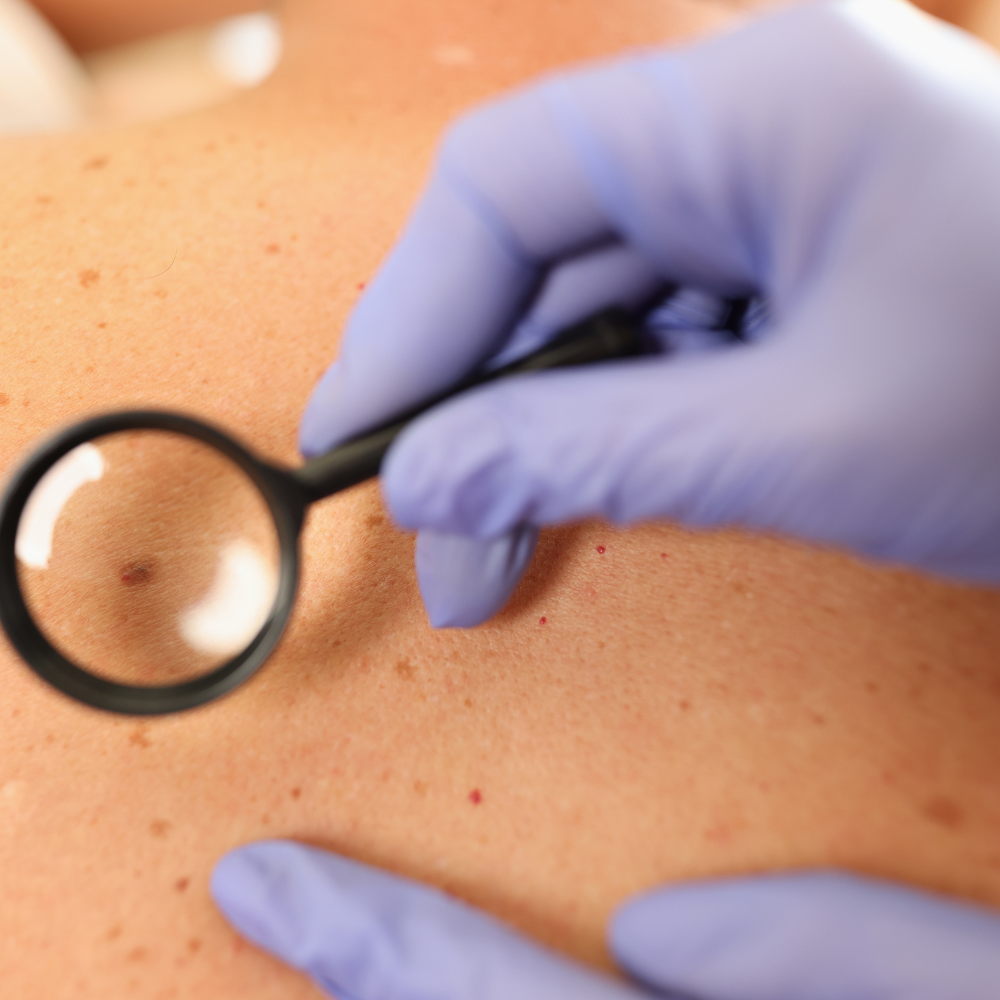Antibiotics: transforming natural substances into drugs
Bacterial infections kill hundreds of thousands of people around the world every year, and growing antibiotic resistance makes pandemics more likely. Researchers are now reporting antibiotics made from natural substances that could be used against resistant germs in the future.
A research team has successfully fluoridated a natural antibiotic through targeted bioengineering. With the help of this biosynthetic process, an entire class of medically relevant natural products can be modified - and thus promises great potential for the production of new antibiotics against resistant germs and for the (further) development of other drugs. The research results have been published in the journal Nature Chemistry.
Fluoride has many useful therapeutic effects
Medical agents have been chemically modified with fluoride for decades. Because this chemical element has many therapeutically useful effects: it can improve the binding of the active substance to the target molecule, make the active substance more readily available to the body and modify the duration of its stay in the body.
According to a statement from the Goethe University of Frankfurt am Main, almost half of the drugs containing small molecules of active ingredient (up to about 100 atoms) that have been approved by the Food and Drug Administration ( FDA) of the United States now contain at least one fluorine atom-linked molecule.
These include drugs as diverse as cholesterol-lowering drugs, antidepressants and antibiotics.
Modification with fluorine atoms
Complex natural products are often produced by bacteria or fungi to gain a growth advantage. One way to turn natural products into drugs is to modify them with one or more fluorine atoms.
In the case of the antibiotic erythromycin, the attached fluorine brings decisive advantages, according to experts: the new erythromycin is more readily available in the body and is more effective against germs that have developed resistance to erythromycin.
According to Martin Grininger, professor of organic chemistry and chemical biology at Goethe University, the synthetic chemical processes for introducing fluorine into natural substances are very complex and often "brutal" due to the chemicals and reaction conditions required. .
"This means, for example, that you are very limited in the choice of the position at which the fluorine should be fixed", adds the scientist.
New process with “enormous potential”
A German-American research team led by Professor Martin Grininger has just succeeded in exploiting the biosynthesis of a bacterium that produces antibiotics. Here, the fluorine atom is incorporated as part of a small substrate during the biological synthesis of a macrolide antibiotic.
"We introduce the fluorine unit during the manufacturing process, which is efficient and elegant," says Grininger, "because it allows the fluorine to be positioned very flexibly within the natural substance, which can influence its effectiveness."
Scientists led by Frankfurt project leaders Dr. Alexander Rittner and Dr. Mirko Joppe of Grininger's group inserted a subunit of the enzyme called fatty acid synthase into the bacterial protein. This enzyme naturally participates in the biosynthesis of fats and fatty acids in mice.
According to Rittner, fatty acid synthase isn't particularly picky when it comes to processing precursors, which are also important for antibiotic production in bacteria. Through clever protein design, the researchers managed to integrate part of the mouse enzyme into the corresponding antibiotic biosynthetic pathway.
"What is exciting is that with erythromycin we have been able to fluoridate a representative of an extremely broad class of substances, the so-called polyketides. About 10,000 polyketides are known, and many are used as drugs such as antibiotics, immunosuppressants or anti-cancer drugs,” says Rittner.
"Our new process therefore has enormous potential for the chemical optimization of this group of natural substances - in the case of antibiotics, above all, by overcoming resistance."
Find anti-resistance drugs
Professor Martin Grininger has been studying the tailor-made biosynthesis of polyketides for several years: "The successful fluorination of a macrolide antibiotic is a breakthrough for which we have done a lot", says the expert.
"At the same time, it is a start: we are already working on testing the antibiotic effect of various fluorinated compounds of erythromycin and other fluorinated polyketides and we will extend the new technology to other fluorinated motifs."
The search for drugs that overcome resistance is an ongoing task because, depending on the frequency of use, it is quite normal for resistance to develop at some point. (ad)
Author and source information
Show nowThis text corresponds to the specifications of the specialized medical literature, medical guidelines and current studies and has been verified by health professionals.
Sources:
Goethe University Frankfurt am Main: Antibiotics from Natural Substances: New Biosynthetic Process Developed, (Accessed: August 9, 2022), Goethe University Frankfurt am Main Alexander Rittner, Mirko Joppe, Jennifer J Schmidt, Lara Maria Mayer, Simon Reiners, Elia Heid, Dietmar Herzberg, David H. Sherman, Martin Grininger: Chemoenzymatic synthesis of fluorinated polyketides; in: Nature Chemistry, (published: 07/25/2022), Nature ChemistryImportant note:
This article contains general advice only and should not be used for self-diagnosis or treatment. It cannot substitute a visit to the doctor.



